| Description |
ABT-239 is a novel, highly efficacious, non-imidazole class of H3R antagonist and a transient receptor potential vanilloid type 1 (TRPV1) antagonist.
|
| Related Catalog |
|
| In Vitro |
Perfusion of the TMN with ABT-239 (10 μM) increases histamine release from the TMN, NBM, and cortex, but not from the striatum or NAcc. TMN perfusion with ABT-239 activates c-Fos selectively in the NBM and cortex[4].
|
| In Vivo |
ABT-239 (3 mg/kg, i.p.) significantly delays onset of seizure, reduces behavioral seizures elicited by KA, and reduces in the incidence of head bobbing and forelimb clonus in mice. ABT-239 (1 mg/kg, i.p.) in conbination with sub-therapeutic dose of SVP (150 mg/kg, i.p.), significantly decreases the number of immobility, head bobbing and forelimb clonus, where as a higher dose combination of ABT-239 (3 mg/kg, i.p.) causes enhanced reduction in all the stages. ABT-239 (3 mg/kg, i.p.) and TDZD-8 (10 mg/kg, i.p.) have more powerful reduction in the number of pyknotic neurons in mice hippocampi. The high dose combination of ABT-239 and TDZD-8 produces the most pronounced increase in Bcl-2 expression as well as decrease in the level of Bax[1]. ABT-239 (3 mg/kg, i.p.) administration transforms a short-term learning event into a long-term remembered experience in WT but not in histamine-depleted mice[2]. Concomitant administration of either ABT-239 (1 and 3 mg/kg, i.p.) and nicotine (0.035 mg/kg, i.p.), or ABT-239 (0.1 mg/kg, i.p.) and nicotine (0.0175 mg/kg, i.p.) further increases nicotine-induced improvement in both memory acquisition and consolidation[3].
|
| Animal Admin |
Solutions of KA, ABT-239 and SVP are prepared in pyrogen-free normal saline for injection except for TDZD-8, which is dissolved in 10% DMSO and are administered intraperitoneally in a volume not exceeding 10 mL/kg. The animals are divided into ten groups. The first group (CTRL) receive vehicle (0.9% sodium chloride) only whereas animals in the second group (VEH) are given vehicle followed by KA at a dose of 10 mg/kg, i.p. (pH 7.2±1), this being the dose that induces low-grade seizures (stage 0-4) in all the animals without any mortality in a range finding study. The KA dose employs to evoke SE in mice in various studies mostly varied from as low as 6-20 mg/kg to as high as 25-45 mg/kg. Animals in the next two groups are administered ABT-239 in increasing doses of 1 (AL) and 3 mg/kg (AH) 30 min before KA challenge. These doses ranging from 0.1 to 3 mg/kg of ABT-239 display disease modifying attributes in a mice model of Alzheimer׳s disease as well as improved cognitive functions. The fifth and sixth group receive graduated doses of 150 (SL) and 300 mg/kg (SH) of SVP 30 min prior to KA injection. The seventh and eight group receive combinations of subeffective dose (maximum possible dose at which there is no protection) of SVP at 150 mg/kg with ABT-239 at 1 (SLAL) and 3 mg/kg (SLAH) respectively followed 30 min later by KA. The remaining two groups receive low dose combination at 1 and 5 mg/kg (ALTL) and a high dose combination at 3 and 10 mg/kg (AHTH) of ABT-239 and TDZD-8, respectively before KA exposure. The doses of TDZD-8 chosen are based on previous studies where doses ranging from 1 to 10 mg/kg reduced inflammation and tissue injury as well as improve psychiatric conditions.
|
| References |
[1]. Bhowmik M, et al. Histamine H3 receptor antagonism by ABT-239 attenuates kainic acid induced excitotoxicity in mice. Brain Res. 2014 Sep 18;1581:129-40. [2]. Provensi G, et al. Donepezil, an acetylcholine esterase inhibitor, and ABT-239, a histamine H3 receptor antagonist/inverse agonist, require the integrity of brain histamine system to exert biochemical and procognitive effects in the mouse. Neuropharmacolo [3]. Kruk M, e tal. Effects of the histamine H2 receptor antagonist ABT-239 on cognition and nicotine-induced memory enhancement in mice. Pharmacol Rep. 2012;64(6):1316-25. [4]. Munari L, et al. Selective brain region activation by histamine H2 receptor antagonist/inverse agonist ABT-239 enhances acetylcholine and histamine release and increases c-Fos expression. Neuropharmacology. 2013 Jul;70:131-40.
|
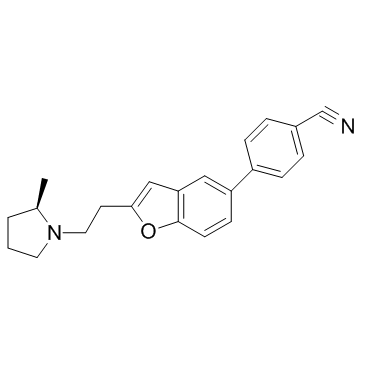
![4'-HYDROXY-3'-IODO-[1,1'-BIPHENYL]-4-CARBONITRILE Structure](https://www.chemsrc.com/caspic/468/460746-47-8.png) CAS#:460746-47-8
CAS#:460746-47-8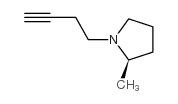 CAS#:460747-73-3
CAS#:460747-73-3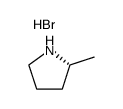 CAS#:117607-13-3
CAS#:117607-13-3![2-[5-(4-cyanophenyl)-1-benzofuran-2-yl]ethyl methanesulfonate Structure](https://www.chemsrc.com/caspic/382/460746-49-0.png) CAS#:460746-49-0
CAS#:460746-49-0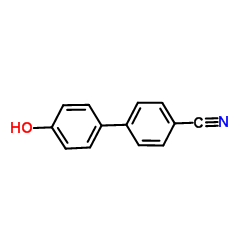 CAS#:19812-93-2
CAS#:19812-93-2![4-[2-(2-hydroxyethyl)-1-benzofuran-5-yl]benzonitrile Structure](https://www.chemsrc.com/caspic/430/460746-48-9.png) CAS#:460746-48-9
CAS#:460746-48-9 CAS#:69610-40-8
CAS#:69610-40-8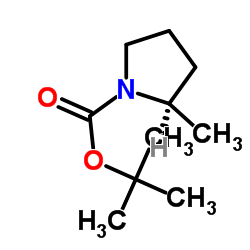 CAS#:157007-54-0
CAS#:157007-54-0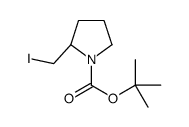 CAS#:338945-22-5
CAS#:338945-22-5